Header image: close-up of an Indian sword blade made from genuine Damascus steel. The ‘watered silk’ ripples are clearly visible in the grain of the steel’s surface. (via Forde Military Antiques)
A cursory search on the internet for ‘Damascus steel’ will show hundreds of swords available for purchase that claim to be made from this mysterious metal. Almost every single one will be made by ‘pattern welding’ – this was a smithing technique invented in Iron Age Europe which involves folding and twisting different grades of steel together to produce a contrasting pattern of high- and low-carbon steel. True Damascus steel is entirely different – although it can look superficially similar to pattern-welded steel, it bears swirling patterns often described as ‘watered silk’. Swords made from this metal were legendarily effective, and their near-supernatural qualities seeded a centuries-old mythology. Its origins are not in Dark Ages Europe but in South Asia, with a master-crafted steel called utsa – known today as ‘wootz’.
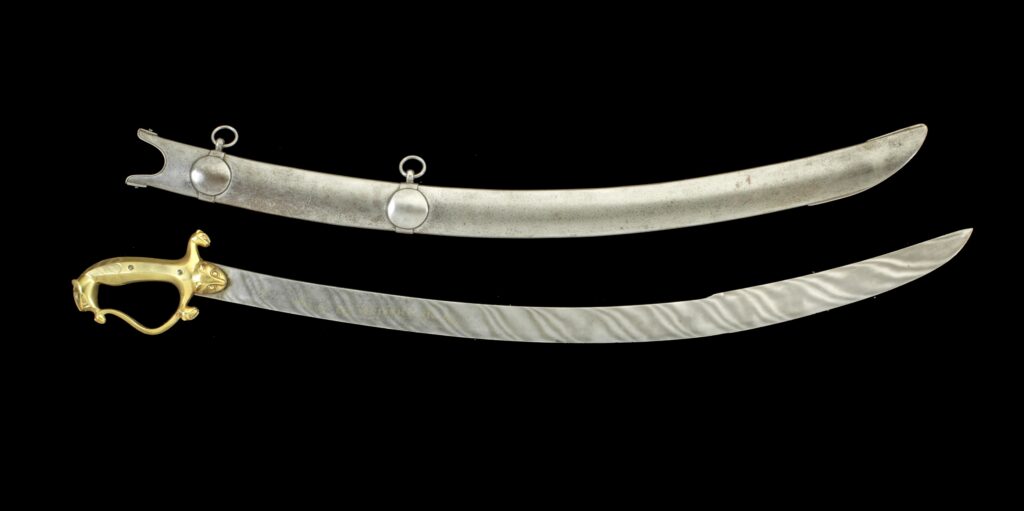
Whilst we have a wealth of archaeological, textual and experimental evidence for the methods used to produce iron and steel in Western Europe, when reconstructing the manufacturing methods and origins of Damascus steel, we are faced by a lack of sources, patchy archaeological evidence and sparse experimental confirmation. This is not least because of the legacy of Western empires in South Asia, where traditional methods and textual evidence were devalued and (in some cases entirely wiped out) by Western colonialism. But modern analyses – often led by South Asian academics – have sought to resurrect the importance of historical Indian and Sri Lankan metallurgy. Indeed, as the legend of ‘Damascus steel’ demonstrates, it has a significance that stretches around the globe.
Wootz Steel: The True Damascus
With the advent of systematic scientific inquiry and the science of metallurgy during the Enlightenment, in the late 18th century scientists began studying a unique kind of steel from the Indian subcontinent and Sri Lanka. In 1794, a British doctor called Helenus Scott, who was serving the British East India Company in Bombay (now Mumbai), wrote to Sir Joseph Banks, the President of the Royal Society in London, describing an impressive locally-made steel that he called ‘wootz’. This word was likely his mistranslation of the Sanskrit word ‘utsa’, which refers to a specially refined variety of crucible steel (‘ukku’). Eventually, Scott sent Banks more than 200 lbs. of this metal for study, and the Royal Society were deeply impressed by it. James Stodart, a medical instrument maker, conducted many experiments with ‘wootz’, making fine instruments and tools from it. He even placed the word ‘utsa’ in Devanagari script on his personal business card – but unfortunately, it was Scott’s botched translation that stuck in the Western world.
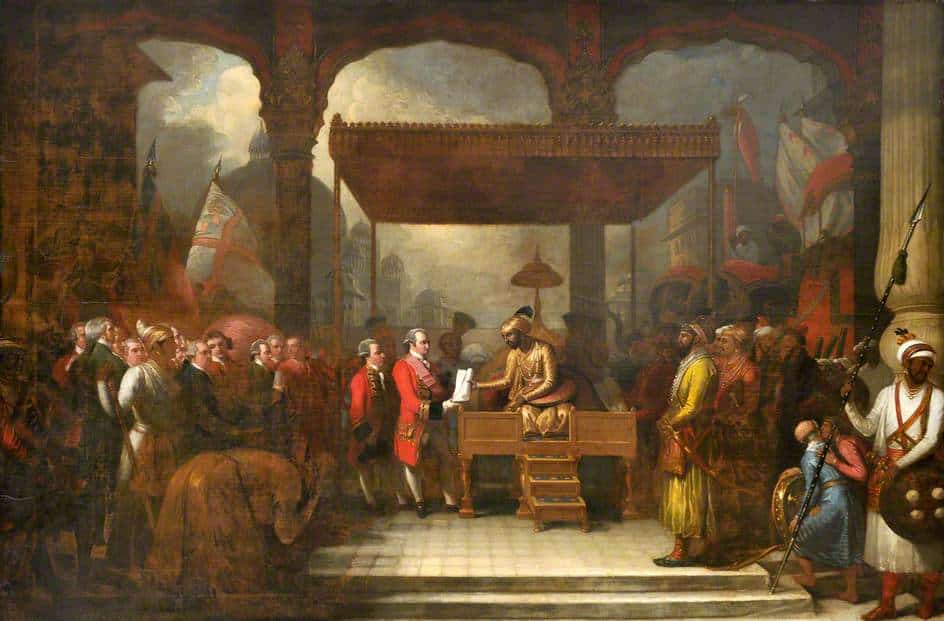
Ancient Roots
But the origin of Damascus steel is far more recent than the 18th century. It is this ‘wootz’ steel that modern archaeologists and metallurgists think was the mythic ‘Damascus steel’ from the Medieval era – and whose history stretches back into the distant past.
Iron processing in India began around 1000 BCE – excavations at Hallur in Karnataka have uncovered iron arrow-heads from this period. Crucible steel production has been theorized to have begun as early as 300 BCE, with tentative evidence discovered at the ferrous metal processing site at Kodumanal in Tamil Nadu. There are historical clues as well: after the Battle of Hydaspes in 325 BCE, Alexander the Great asked of the Indian King Porus that he be permitted to purchase 100 talents of Indian steel. As a magnanimous gesture, the King gave them to Alexander. Was this an early example of Indian crucible steel, already renowned in the region?
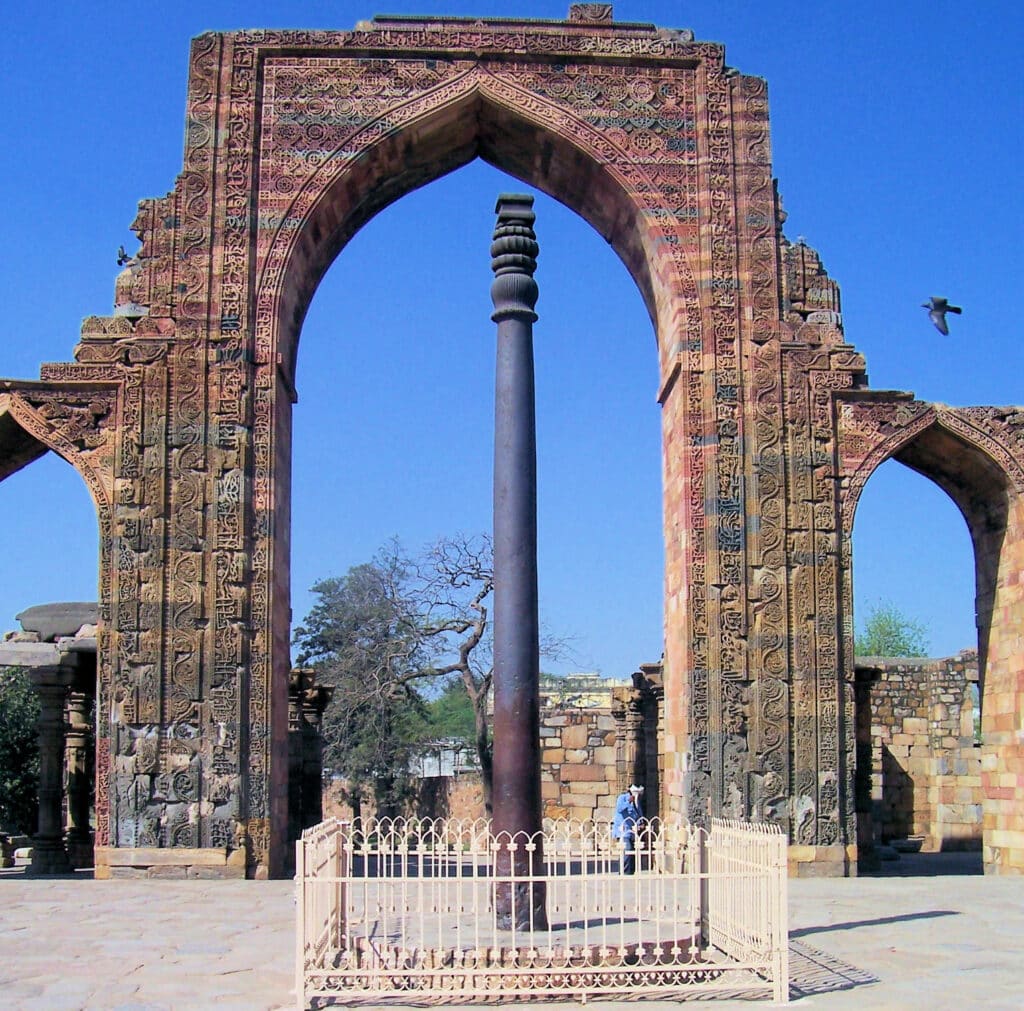
Indian steel retained its cachet throughout the Classical Era. The Romans called it ‘Seric iron’, and imported small quantities of it to Western Europe throughout the Roman era. By 400 CE, South Asian steelmaking was already a fine art: the famous Iron Pillar of Delhi was made in this period, a spectacular testament to the metallurgical skills of medieval Indian smiths. Its makers clearly knew that high phosphorus content in iron gave it extremely effective anti-corrosion properties, and forging more than three tonnes of iron bloom together is an overt display of Chandragupta II’s master of the very earth itself.
Arabian Edge
The main place that Western Europeans would have encountered Damascus steel – and the source of its legendary status – is in the Middle East. The very word ‘Damascus’ is clearly associated with the Syrian city of Damascus: scholars debate whether this is simply a direct import of the name, or whether it comes via the Arabic damask silk, whose rippling patterns closely mirror the patterns in wootz steel. From the hands of a skilled smith, a sword made from wootz steel was qualitatively better than anything that could have been produced with Western European technology before the Early Modern era: they could have notched, cracked or even broken inferior swords, and they were reputed to be able to slice silk merely laid upon them.
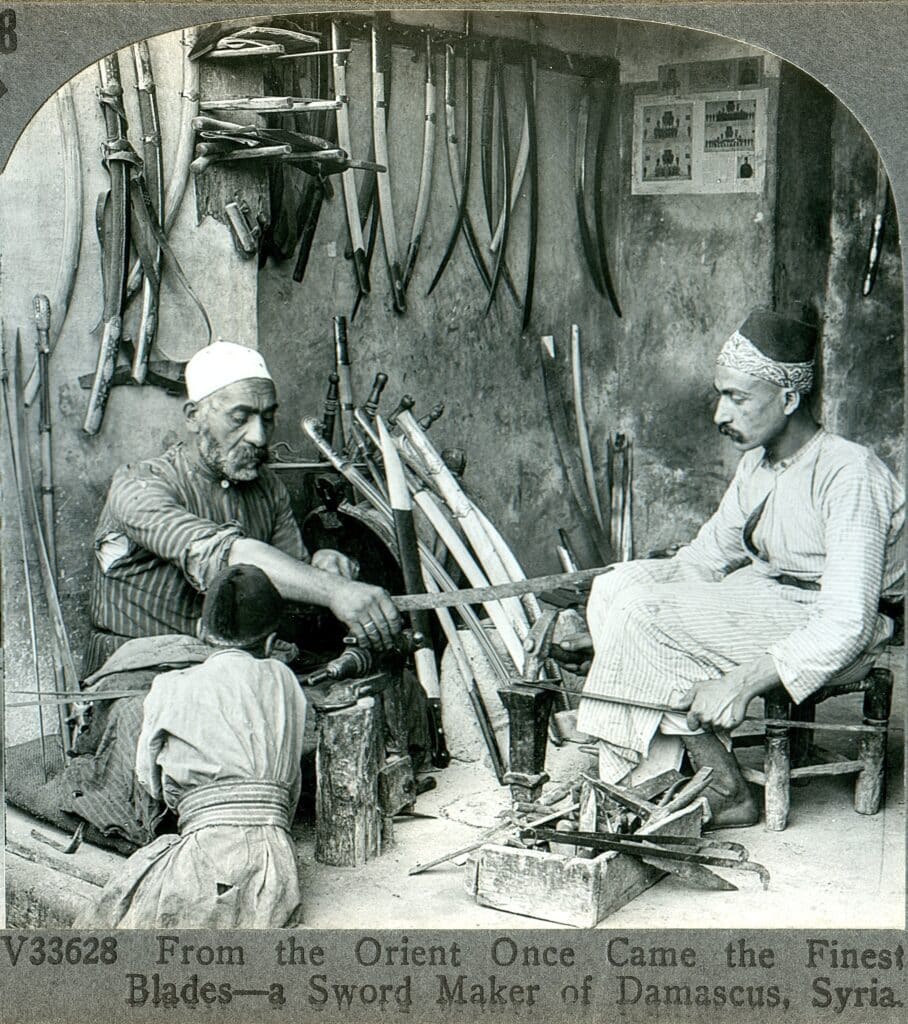
Early Arabic poetry talks of the value and power of swords made from imported Indian steel, and Islamic scholars such as the Iranian polymath Al-Biruni wrote extensively about Damascus steel metalwork. The Norse cultures of the 9th century, better known as the Vikings, were the first to establish Mediterranean and Eastern European trade with the Muslim world, and it is very possible that the saga legends of ultra-sharp indestructible sword could well have been influenced by their counters with Damascus steel.
Heavy Metal: How Was Damascus Steel Produced?
To understand the unique character and origins of Damascus steel, we have to look at the processes of steel production in the Medieval world – and how they differed between the Indian subcontinent and Europe.
The Bloomery and the Blast Furnace
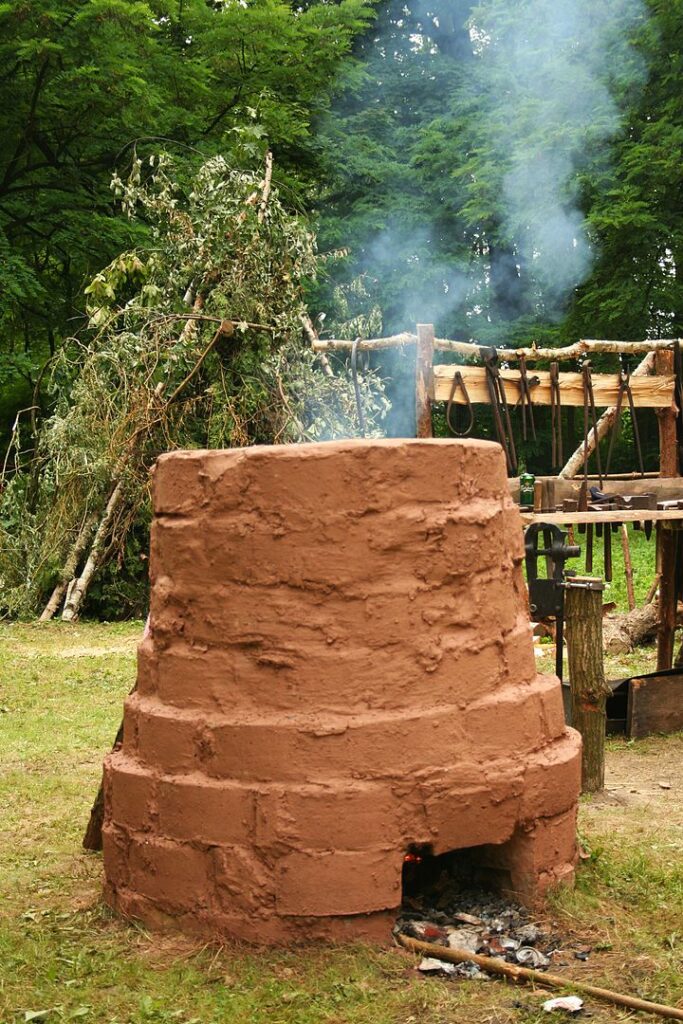
Before the advent of blast furnacing in the 13th century, most Medieval Western European steel was made in bloomeries. These were conical clay furnaces between three and six feet in height, filled with charcoal and topped with crushed iron ore. They did not get hot enough to melt the iron, but rather drove the oxygen out of the iron oxide in order to leave a solid lump of iron mixed with slag (waste products) called a ‘bloom’, usually about the size of a football. This was refined into fairly pure iron by reheating it and beating the slag out of it with hammers. Although it was possible to create ‘natural’ steel straight from the bloomery, this required precise conditions which were very difficult to achieve – so must bloomery iron generally had to be carburized to make steel: carbon was added to it, either by simply working it in a charcoal-fired forge for a long time, or through techniques like case-hardening. For more on bloomery techniques and the processes involved, have a read of our blog on ‘How Did Medieval People Make Steel?’.
After around 1250 CE, bloomery iron production was gradually superseded by blast furnacing – which is described in much greater detail in our blog on ‘The Late Medieval Steel Revolution’. Blast furnaces were scaled-up bloomeries, often several storeys tall, fed with water-powered bellows to blast air into the furnace. These could produce far hotter temperatures – hot enough to liquefy iron. This meant that the iron could be cast into moulds for cannon, but the resulting ‘pig iron’ was brittle and hard. It was far too high in carbon for armor or weaponry and so had to be decarburized through a new series of industrial processes.
The Eastern Crucible
Modern scholarship agrees that South Asian steelmaking likely used a radically different method of carburization: the crucible method. This technique involves filling a sealed container, called a crucible, with iron and a source of carbon, and then raising it to an extremely high temperature. When hot enough to fully liquefy the iron, the sealed anoxic (oxygen-free) environment means that the carbon doesn’t simply escape as carbon dioxide and carbon monoxide – it instead disperses throughout the iron, creating an extremely high temperature iron-carbon alloy. English clockmaker Benjamin Huntsman would invent a crucible technique for making high-carbon steel in Sheffield, UK, in 1740 CE – but modern archaeology the origin of Damascus steel making in South Asia as far back as the first millennium BCE.
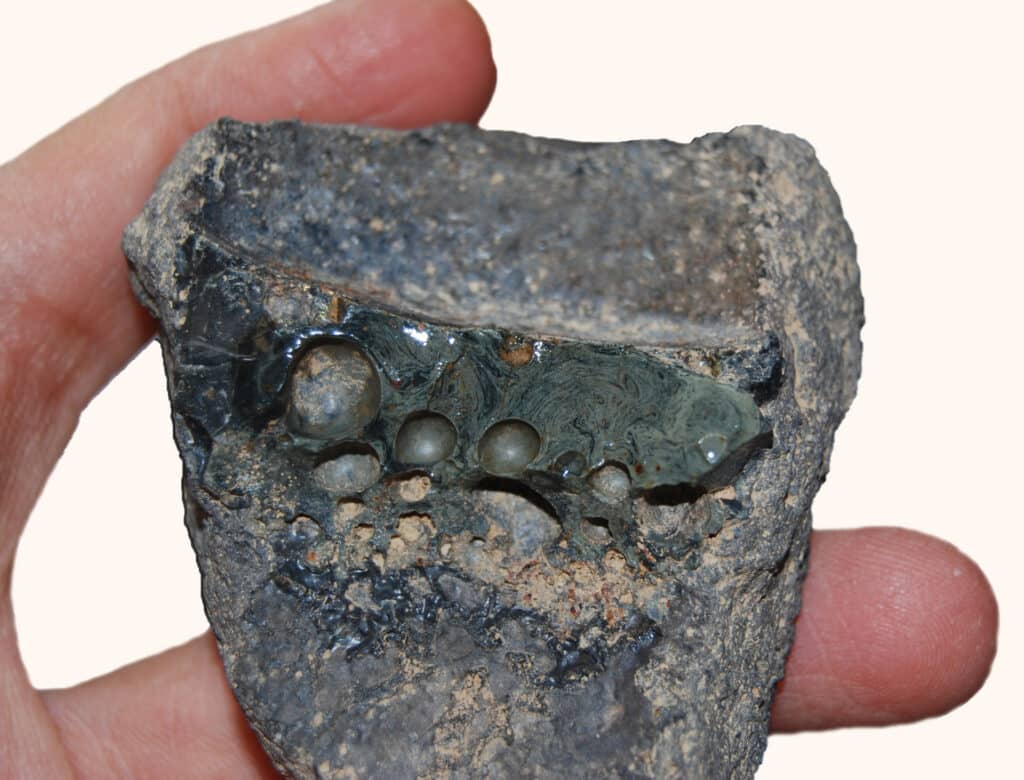
(Note: not all crucible steels were ‘Damascus’ or wootz steel. Many South Asian and Middle Eastern crucible steel techniques produce steels that do not have telltale ‘watered silk’ figuring in the steel – many appear indistinguishable from bloomery steels under inspection by eye (although their performance and microscopic characteristics are radically different). Thus, it seems at least possible that the amount of Indian-produced crucible steel that made its way to Western Europe has been significantly underestimated.)
To Cast Or Not To Cast?
Much debate has been had over whether the South Asian crucible techniques resulted in a material that was closer to white cast iron (3-7% carbon; extremely hard but brittle, unworkable for armor and weaponry), or whether the product would resemble high-carbon hypereutectoid steel (1.5-2% carbon; malleable, superelastic, ideal for forging into weapons and armor). However, a 1997 archaeological investigation at the village of Mel-siruvalur in the modern Indian state of Tamil Nadu, led by Dr. Sharada Srinivasan of the Indian National Institute of Advanced Studies, turned up fragments of crucible and metalworking slag which bore micro-droplets of high-quality hypereutectoid carbon steel – exactly the material we might consider ‘Damascus steel’.
A Colonial Legacy
Frustratingly, we have very little written evidence of the production of crucible steel from India and Sri Lanka itself; the enormous dislocation experienced during the British occupation of India in the 19th century likely destroyed many surviving records. Most first-hand documentation comes from foreign travelers. Jean-Baptiste Tavernier, a 17th century French gem merchant, describes witnessing the production of crucible steel in Madras, which was produced in the form of ‘buttons’ about the size of a half-penny piece. There are even sketches made by Francis Buchanan of local crucible steel furnaces, during his 1807 survey of South India for the British East India Company.
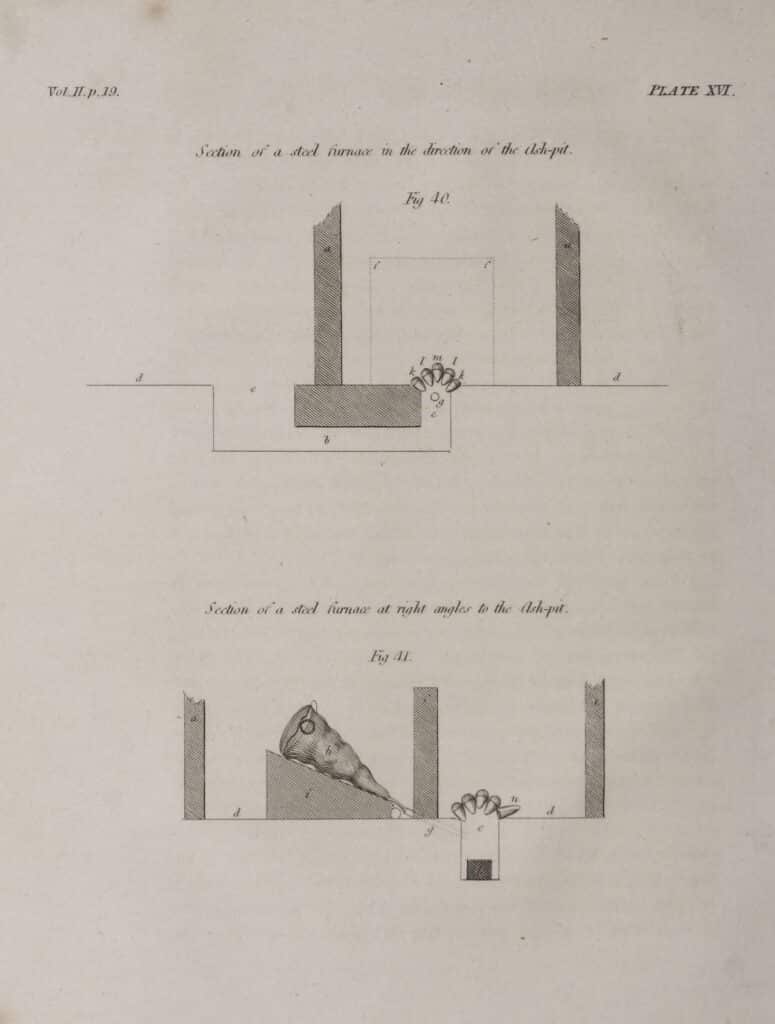
The Crucible Method
The general technique that we can deduce from these sources, as well as archaeological evidence from known metalworking sites at Konasamudram and Gatihosahalli, involved making conical ceramic crucibles which would then be packed with alternating layers of bloomery iron and plant matter (stems and leaves together, usually around 1 lb. of material in total) whilst still wet and unfired. According to Buchanan’s 1807 sketches, about fifteen of these would then be laid into a pit and covered with ash to form a furnace. The furnace was powered with a hand-bellows (the one in Buchanan’s sketch are made from buffalo hide, and are cleverly kept separate from the furnace by a perforated fire-wall). The structure of these furnaces was such that they could achieve the >1,300°C / 2,400°F required to fully liquefy the iron, whilst also remaining very low in oxygen – thereby preserving the carbon in exactly the right proportion within the sealed crucible. Surviving crucible fragments show ‘fin-like’ projections of glass slag about a third of way down the inside of the vessel – these are the ‘high-water mark’ of the liquefied silica impurities from the wootz steel, which where simply chipped off the top and discarded when the crucible was broken open.
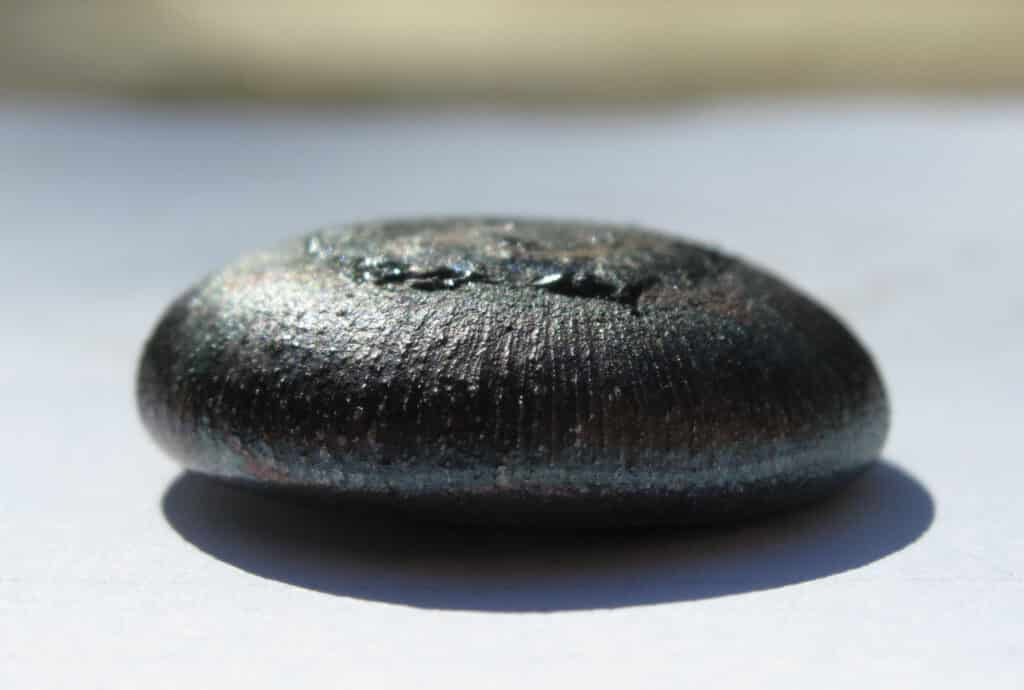
Play It Cool
The production of wootz was a very slow process. Whilst modern scientists like J. D. Verhoeven have managed to reproduce hypereutectoid high-carbon crucible steel that looks metallographically identical to ancient wootz in an afternoon, they did so in laboratory conditions using modern metallurgical methods. A wootz crucible furnace like the one sketched by Buchanan would likely need to be kept at around 1,300°C / 2,400°F for around five to seven days. Critically, the metalworkers knew to permit the crucibles containing wootz to cool extremely slowly, over a period of days rather than merely exposing them and cooling them over a period of hours.
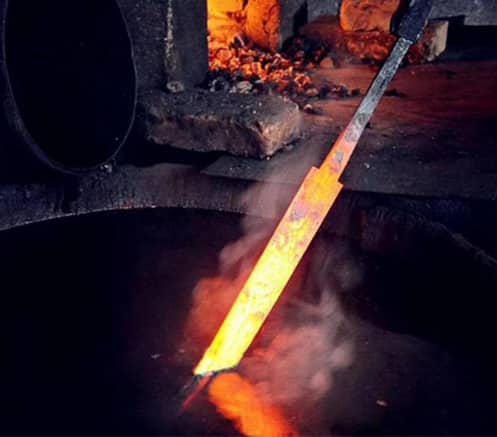
This runs against everything we know about Western steelmaking: usually, hot steel would be ‘quenched’ in water or oil, cooling it extremely rapidly and forcing the formation of martensite crystals, which improve the characteristics of the steel. But South Asian metallurgists had clearly realized that the slow cooling permitted a specific crystalline structure to form without quenching that was the real magic of Damascus steel. It gave the wootz an incredible degree of hardness as well as flexibility and elasticity that would only be equalled with advanced scientific metallurgical processes in the modern era. It is this unique fingerprint that reveals itself as the ‘watered silk’ pattern seen in the Middle Eastern blades that so captured the imagination of Medieval and Early Modern Westerners.
Indian Industrialism
What this process of production implies is a highly developed industrial landscape in places of South Asia which was at least as complex as Early Modern steel production in the West, existing from 1000 CE if not well before. There is a large bloomery iron production site within 70km of the crucible forge at Mel-siruvalur, for example. Tavernier calculates that at the time of his writings in the 1650s CE, each boatload of wootz steel exported from the steel producing regions of South India weighed around 20,000 lbs each – and dozens would leave each year. This is a truly vast quantity for a production process before the advent of the factory system or even wage labor. A good proportion of this mass of high-quality steel must have found its way up into the Middle East and into Western Europe, seeding the eternal fascination with this magic metal, that we are only now beginning, in the 21th century, to appreciate the full importance of.





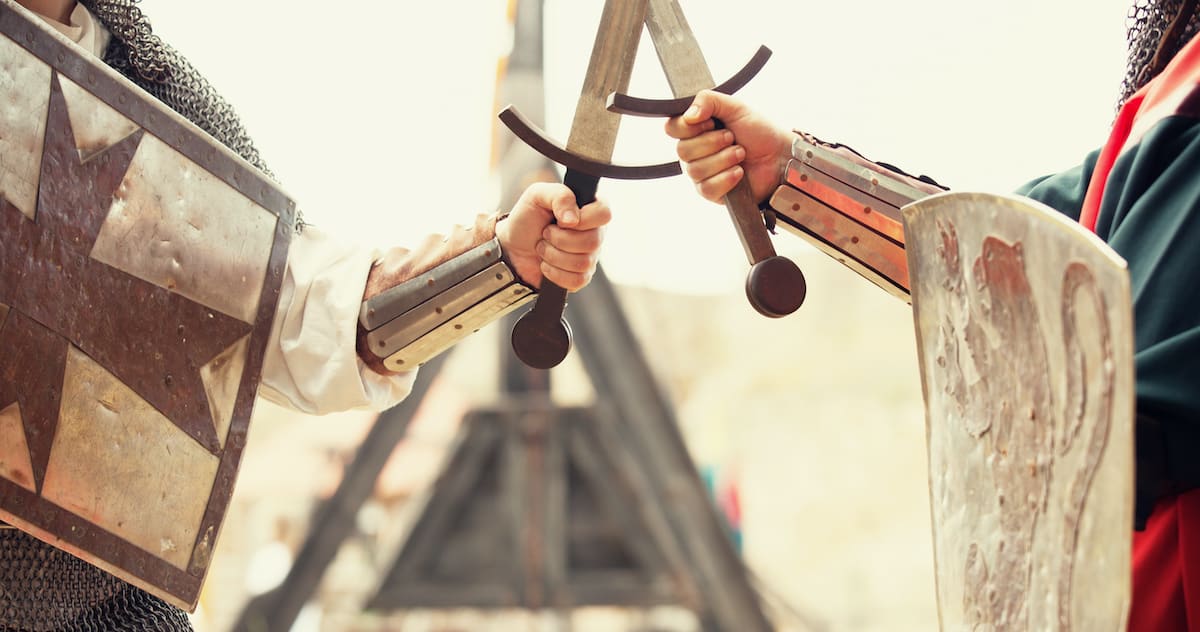 Historical Swords
Historical Swords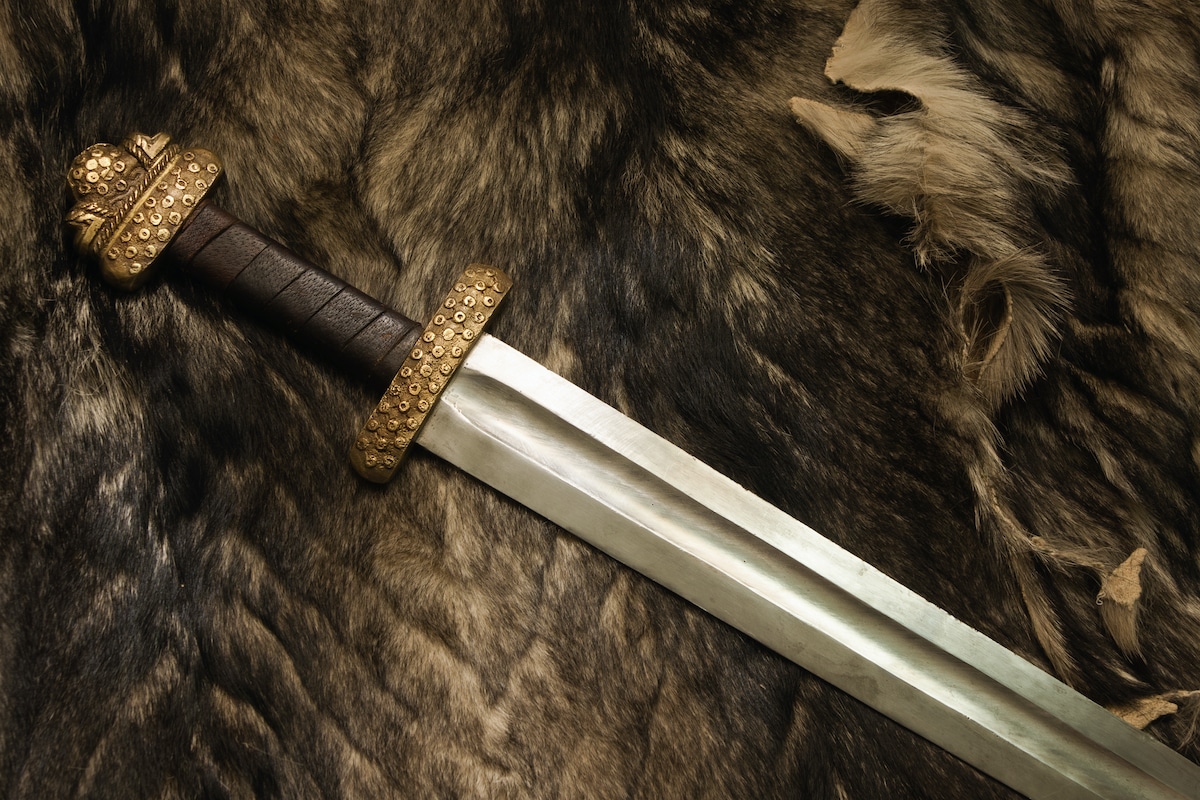 Norse & Viking Swords
Norse & Viking Swords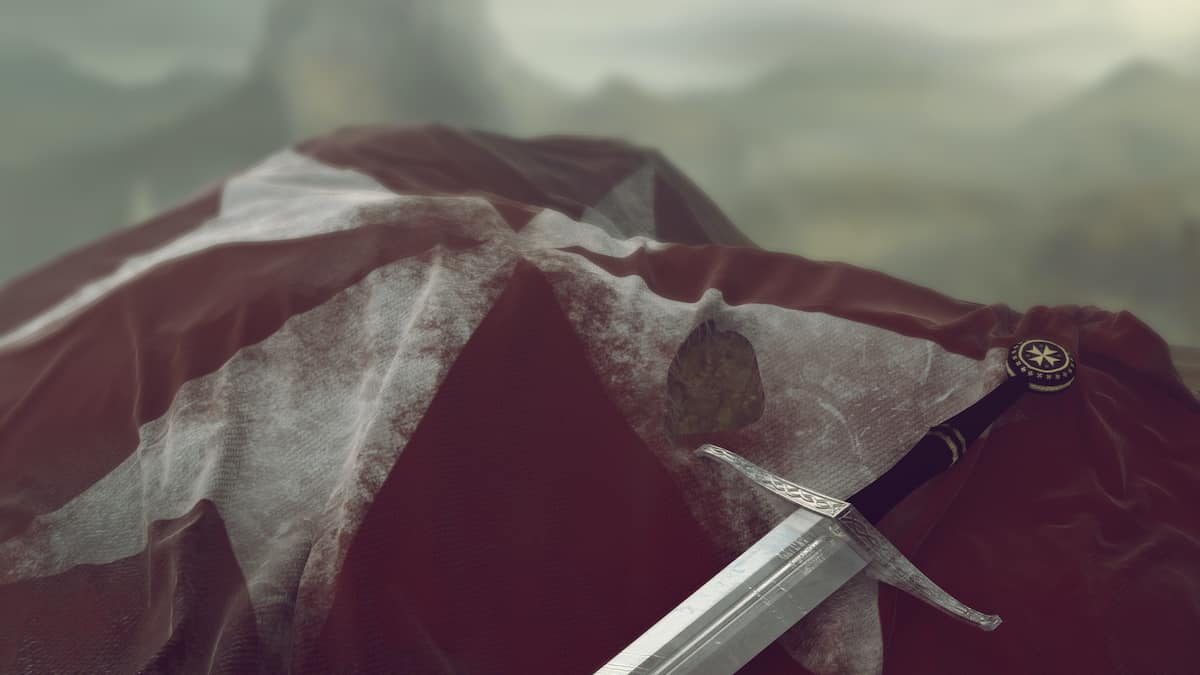 Templar Swords
Templar Swords Claymore Swords
Claymore Swords Fantasy Swords
Fantasy Swords Chainmail
Chainmail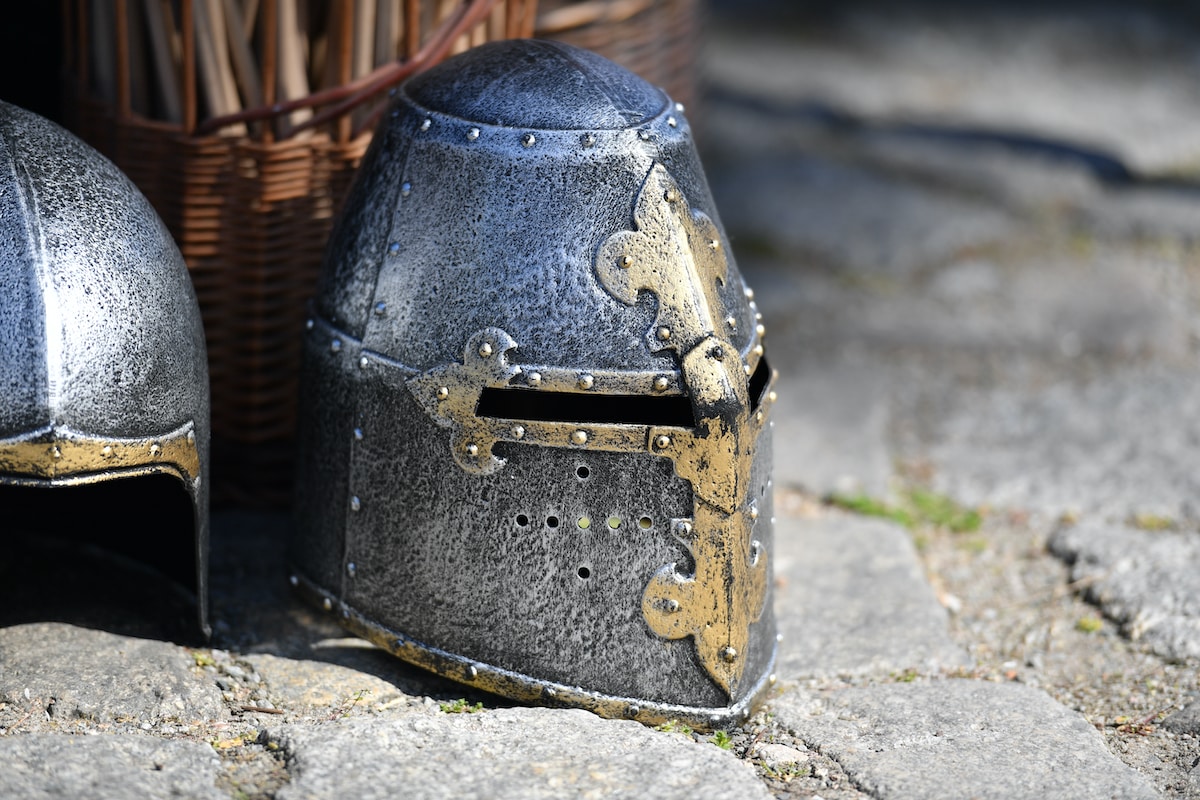 Helmets
Helmets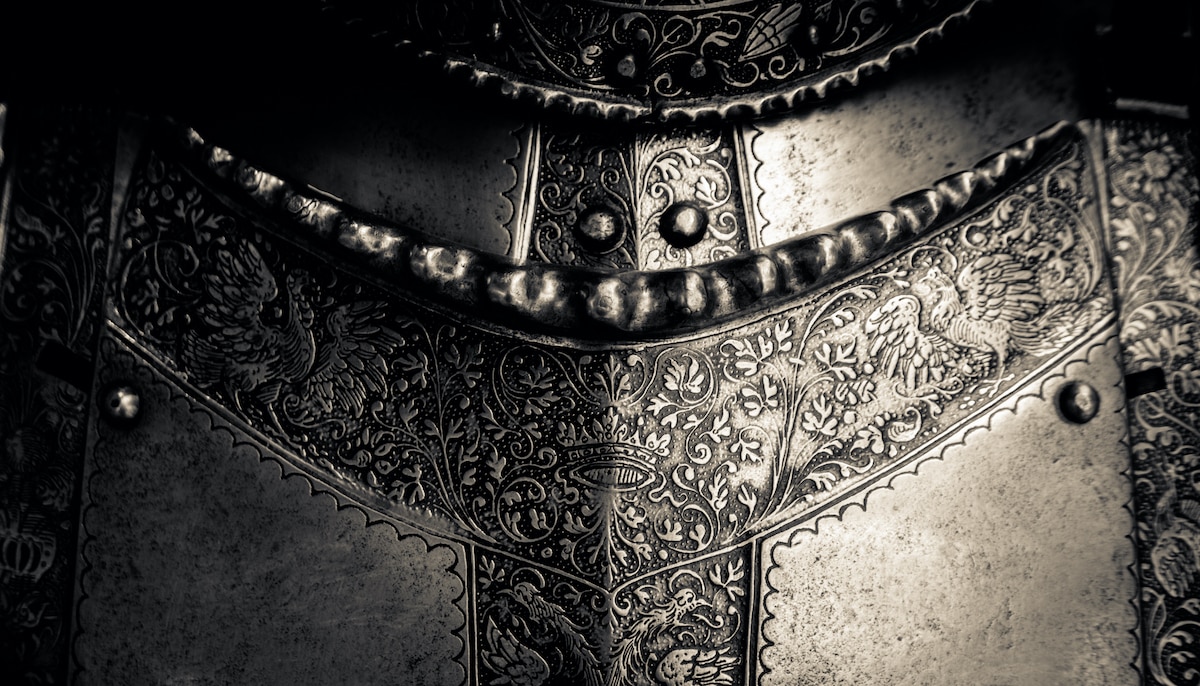 Torso Armor
Torso Armor Bracers and Arm Protection
Bracers and Arm Protection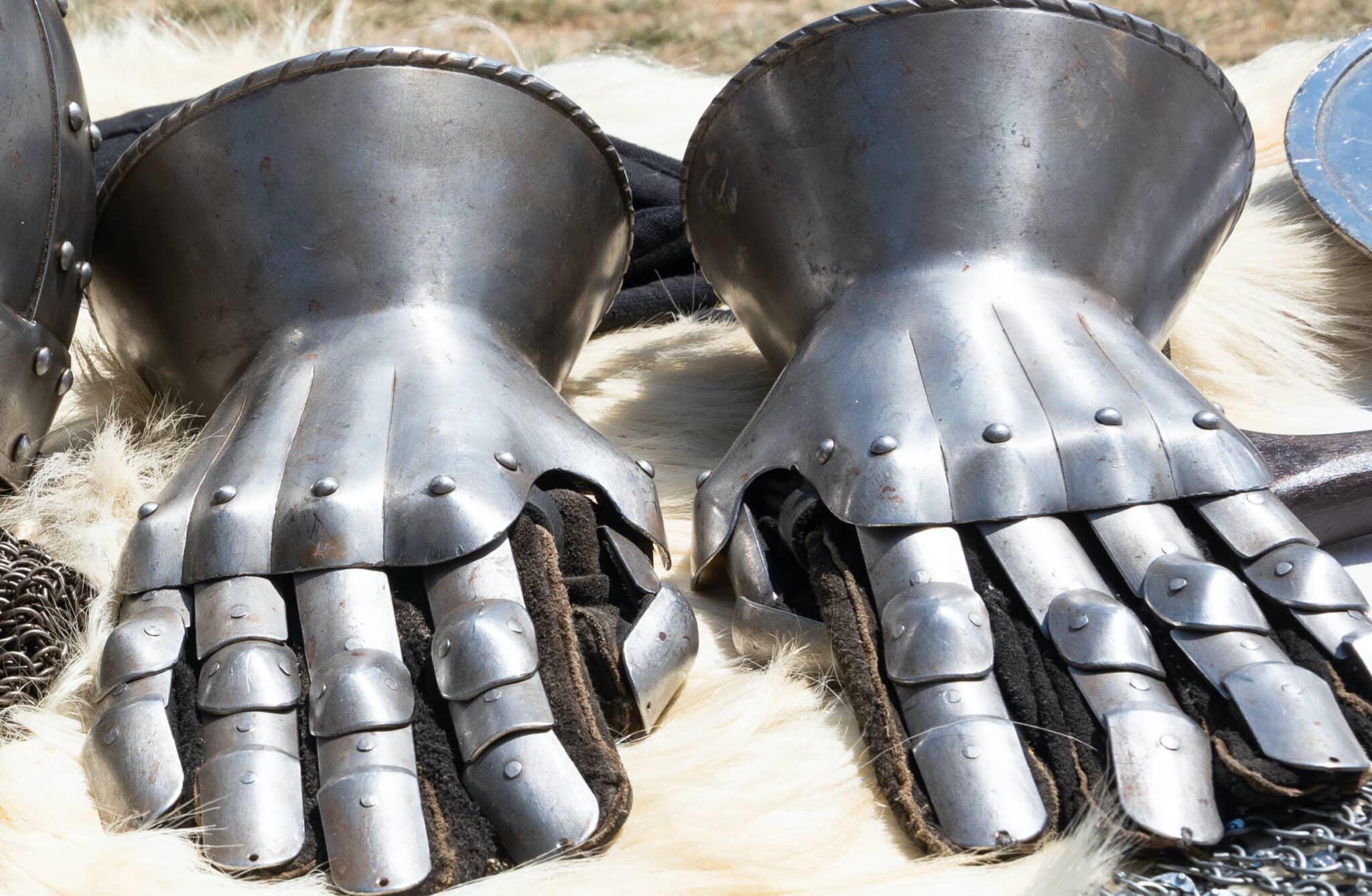 Gauntlets
Gauntlets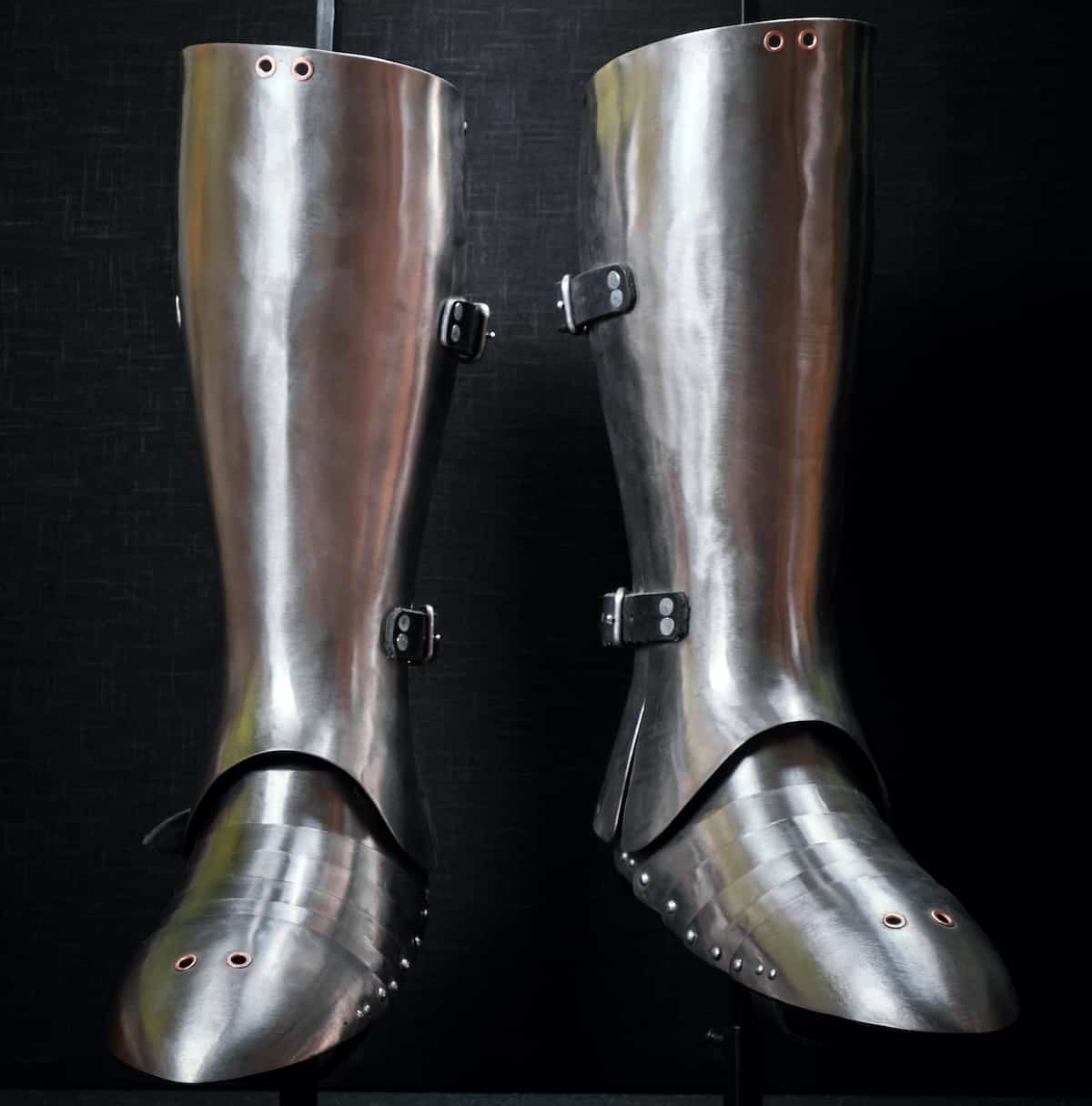 Leg Armor
Leg Armor Cloaks
Cloaks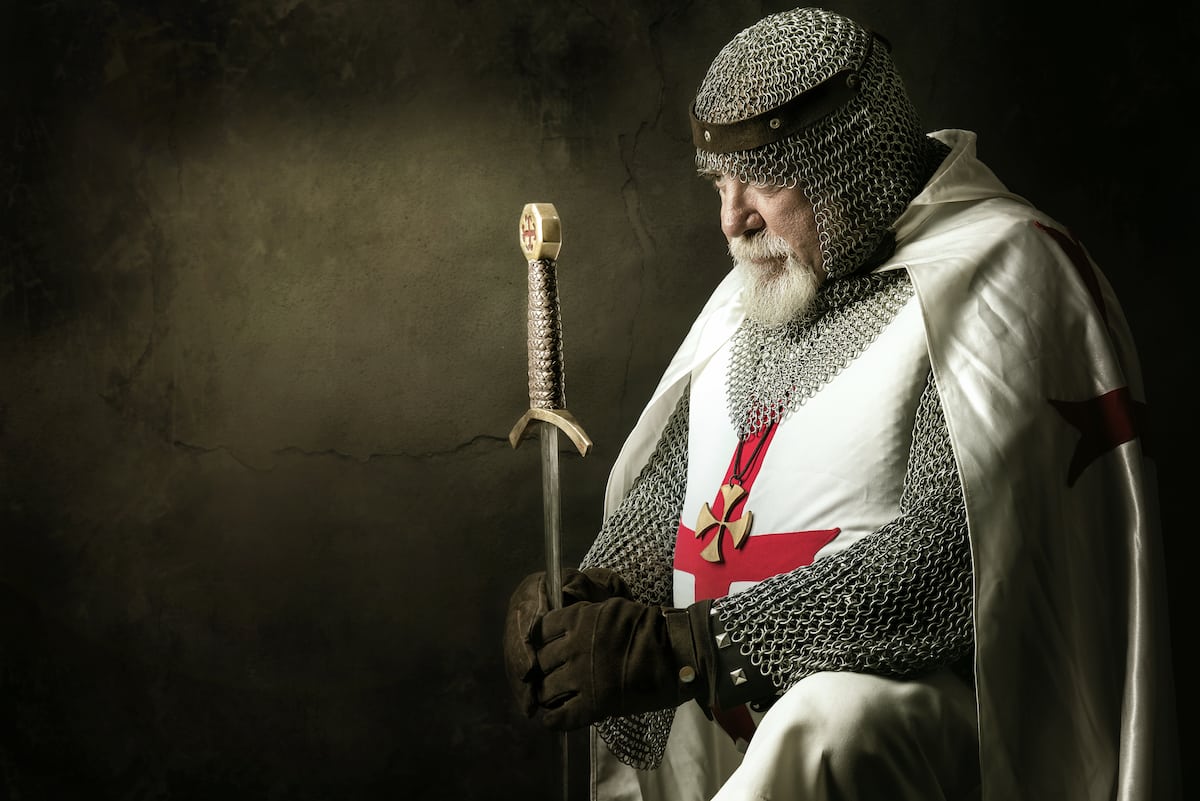 Tabards
Tabards Shirts
Shirts Tunics
Tunics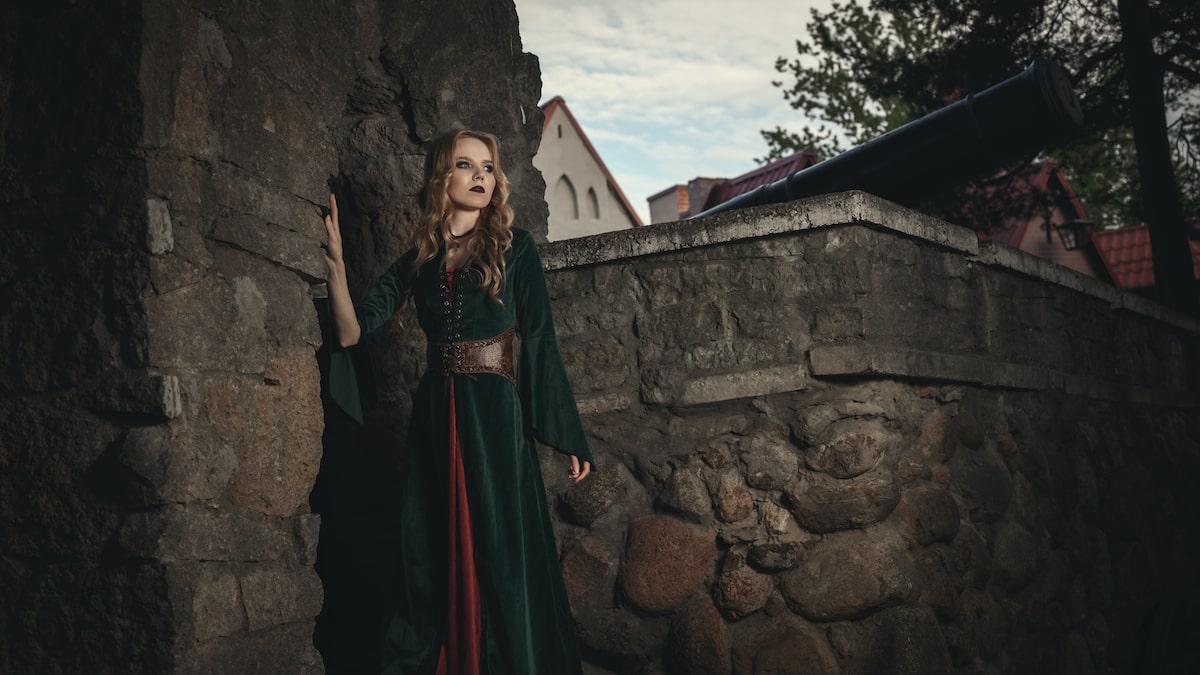 Dresses
Dresses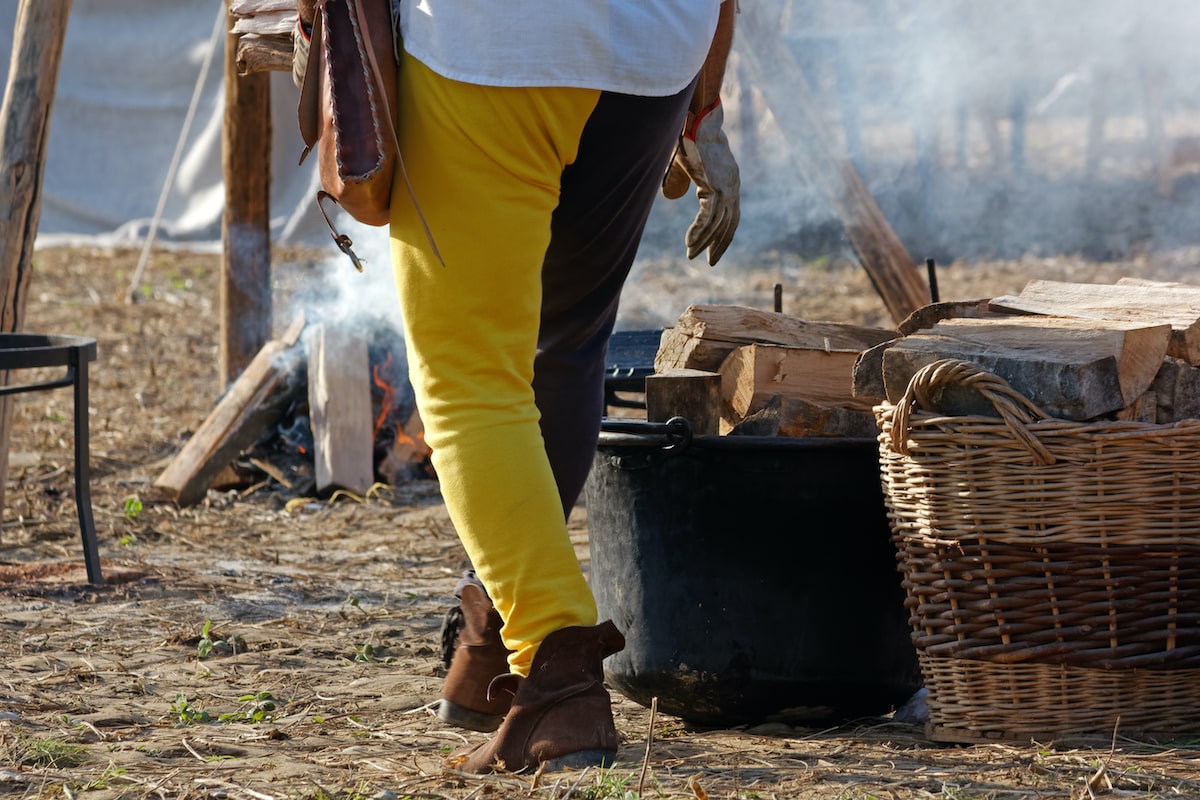 Pants
Pants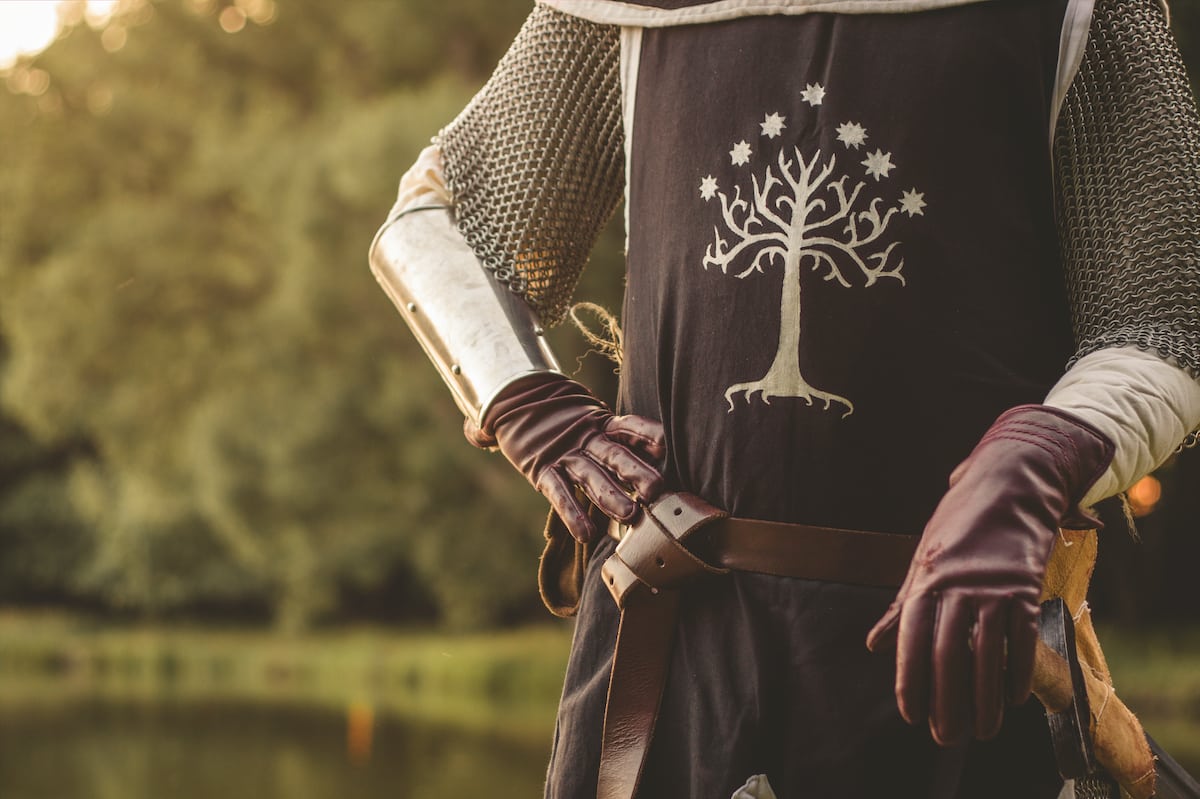 Gloves
Gloves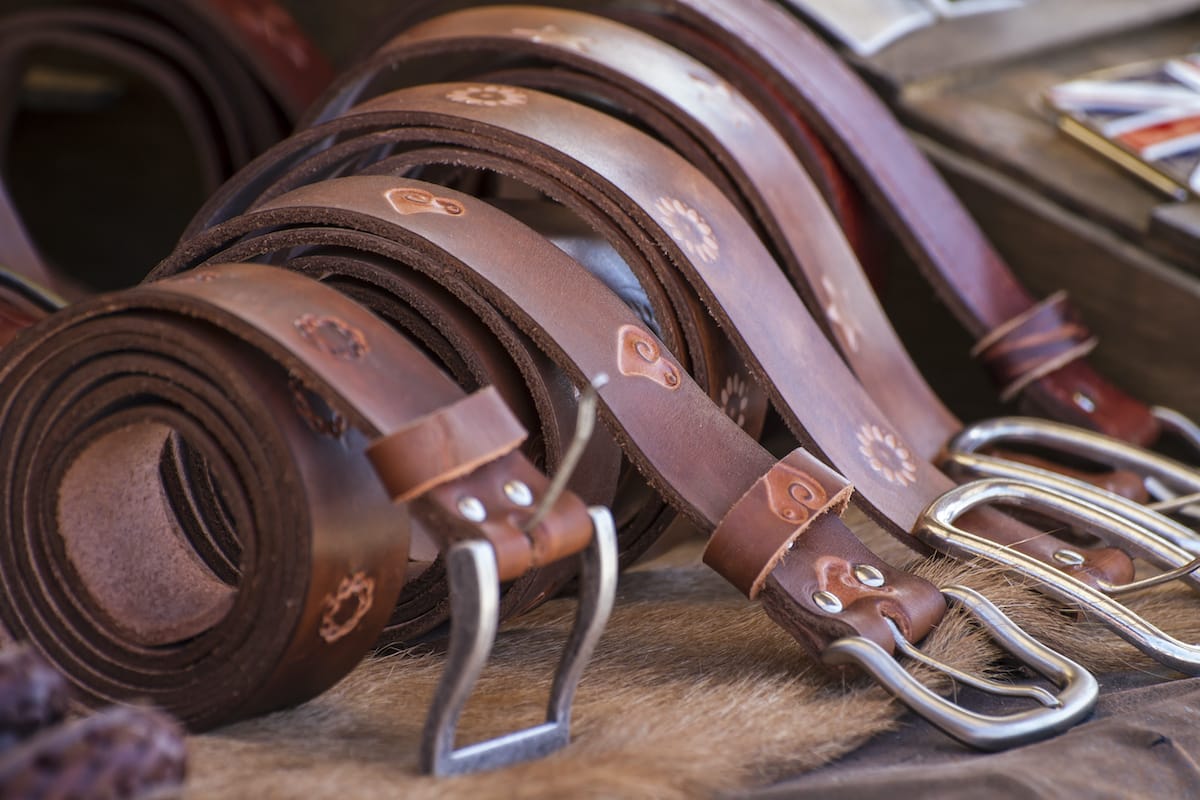 Belts
Belts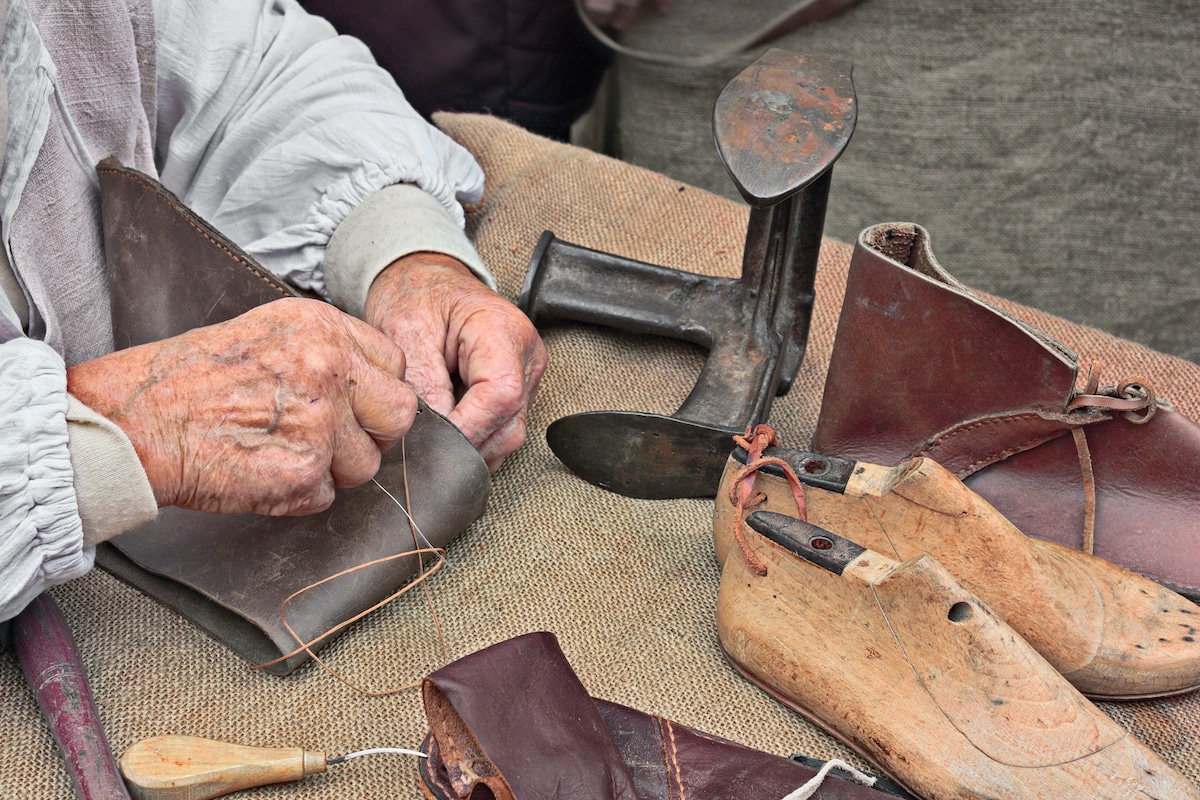 Shoes
Shoes Rings
Rings Necklaces & Pendants
Necklaces & Pendants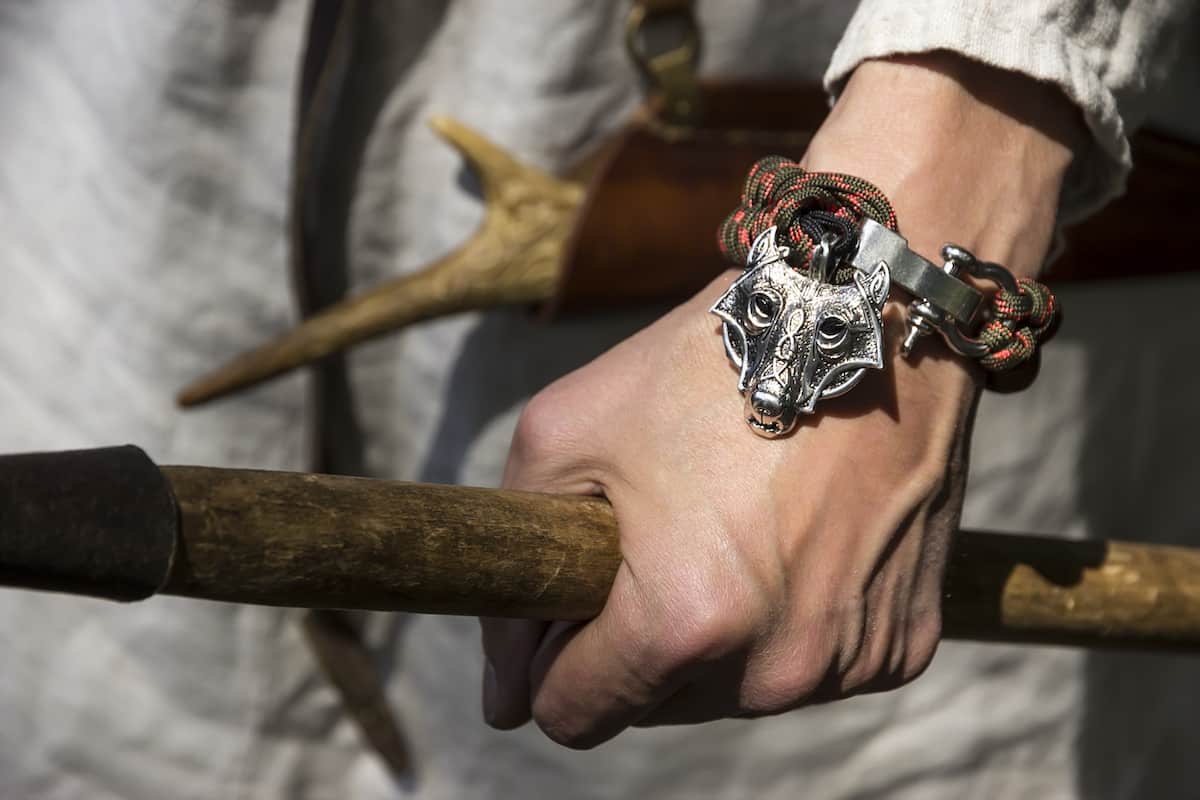 Bracelets
Bracelets